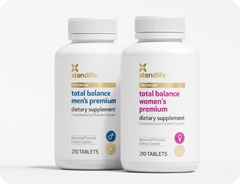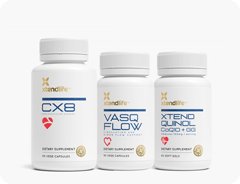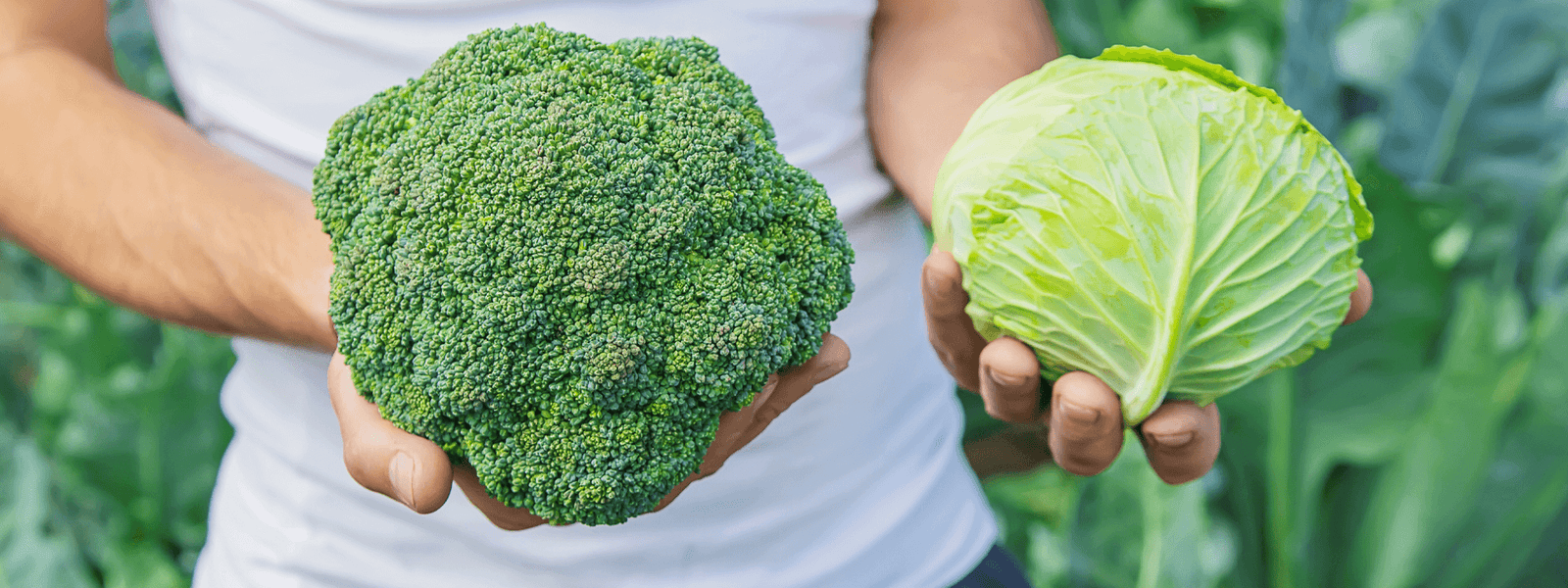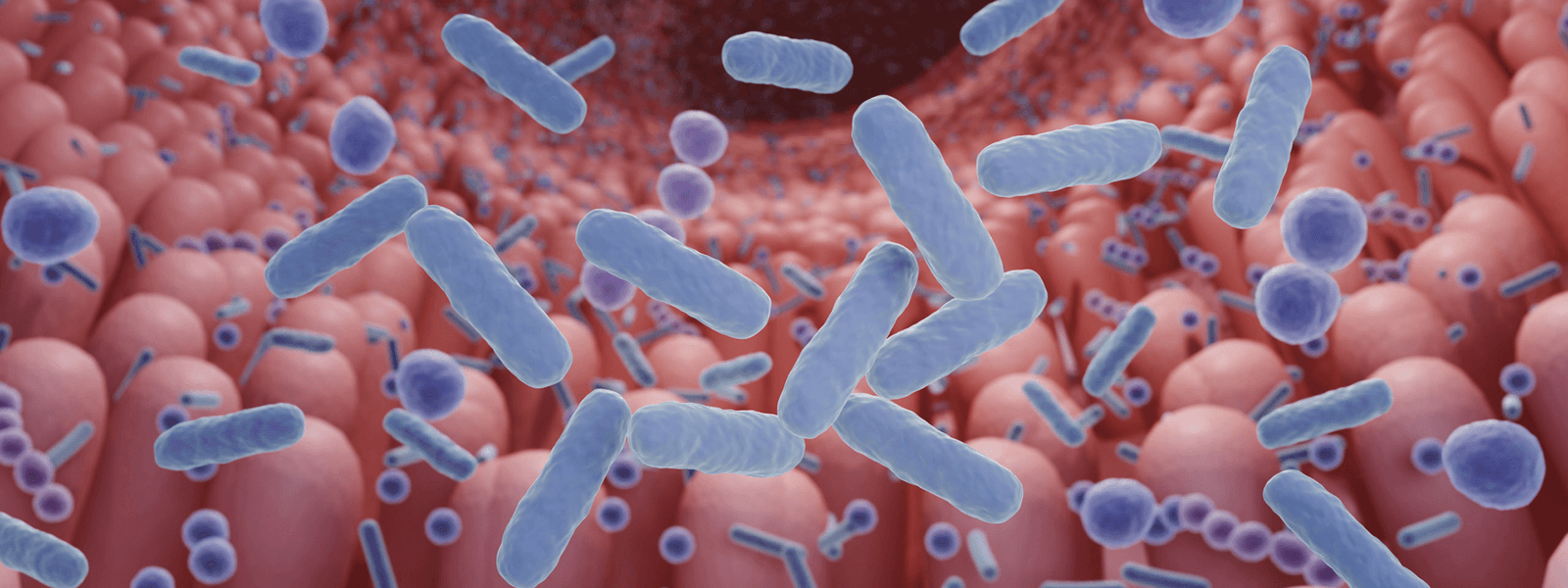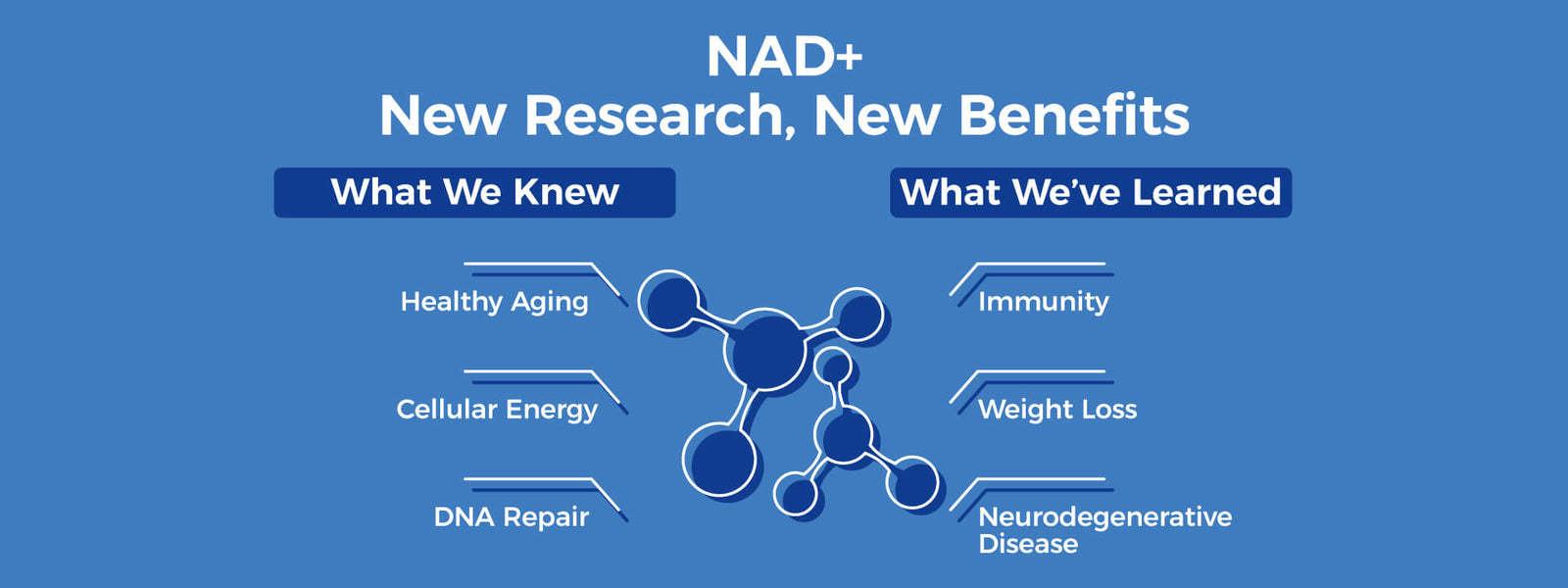A raw food diet means emphasizing unprocessed and uncooked foods or eating foods as close to their natural state as possible, it usually refers to plant-based food, such as fruits, vegetables, nuts, and seeds. Compared with processed and refined foods, fresh raw food could offer serious nutrients to the body in a natural form, which eases the burden on your digestive system.
So, What Is in Raw Food?
Higher nutritional value
When foods are cooked, many of them lose their antioxidants and essential phytonutrients. For example, cooking kale and capsicum means they lose a large amount of their vitamin C while boiling broccoli and cauliflower leads to a significant loss in antioxidants.[1] To get maximum benefit from eating these vegetables, it’s best to enjoy them raw or very lightly steamed.
Rich in digestive enzymes
Raw foods require less energy to digest as they contain enzymes that help break them down. When you heat food to temperatures higher than 47 degrees Celsius or 112 degrees Fahrenheit, these enzymes are destroyed, meaning your body needs to produce its own enzymes (called endogenous enzymes) to help digest food. The greater our intake of enzymes from food, the easier it is for our body to fully digest and utilize the nutrients, without overly taxing our bodies.
How Do Raw Foods Help Your Health?
One of the great health benefits of raw foods is it causes less inflammation and acid to the digestive system.
When foods are not digested properly or are slowly digested, they can ferment in the gut, causing leaky gut syndrome and inflammation reactions.[3] Because raw foods are easy to digest, they are much less likely to ferment in the gut and trigger inflammatory symptoms.
Raw foods also play an important role in maintaining a healthy blood pH level. The natural pH of the bloodstream is slightly alkaline at pH 7.4, but the modern diet, high in sugar, meat, carbohydrates, and processed foods tends to push our body towards an acidic state. Over time this low-level acidosis can create an environment that is more conducive to disease. Fruit and vegetables are naturally alkaline, so by consuming a diet higher in raw plant foods, we are naturally balancing the bodies’ pH.
Is It Necessary to Go 100% Raw?
Although raw foods offer a range of health benefits, like everything, it’s all a matter of balance. While certain foods are best consumed in their raw state, others are better for us after being cooked.
Foods that are healthier cooked:
While some vegetables can lose nutritional value when cooked, others become more nutritious. This is because heating can change the molecular structure of vegetables and make the nutrients more bioavailable.
Tomatoes:
Tomatoes are rich in antioxidant Lycopene, according to studies, cooking tomatoes for 30 min can boost the levels of lycopene by up to 35 percent.[4]
Since Lycopene is also fat-soluble, that means tomatoes are best eaten with a little fat for maximum absorption – think a tomato-based pizza or pasta sauce, bruschetta with olive oil, or in a lasagna.
Carrots:
Carrots are rich in antioxidant Beta-carotene, which is a precursor of vitamin A. We need vitamin A for healthy skin, a stronger immune system, and good eye health.
Surprisingly, steaming or boiling carrots can unlock more beta-carotene than eating carrots raw, but roasting, frying or microwaving can cause a loss of nutrients. So, make sure you steam your carrots for the Sunday roast!
Broccoli and Cauliflower:
Although broccoli and cauliflower lose some antioxidants through cooking, they actually gain more indole (a phytonutrient which is thought to be protective against cancer). Steamed broccoli may also have better potential to reduce cholesterol than raw broccoli.[5]
9 Easy Tips to Include Raw Food in Your Diet:
- Spread avocado on your toast instead of butter
- Serve salad alongside all main meals
- Include salad vegetables in your sandwich or wrap
- Eat two pieces of fruit per day
- Serve meat with a salsa of kiwifruit and pineapple (rich in enzymes to help break down protein)
- Try sauerkraut or kimchi. (Both are rich in enzymes and prebiotics to boost the level of good bacteria in your gut)
- Snack on raw nuts and seeds
- Sip on raw juices and smoothies
- Get into sprouts! Containing almost every essential vitamin and mineral, as well as enzymes to enhance digestion.
Looking for a convenient way to get more raw food into your diet? Start your day with Kiwi-Klenz. Made from 100% natural New Zealand kiwifruit, Kiwi-Klenz is packed with enzymes, soluble fiber and prebiotics to help alkalize the body and promote healthy gut function.
References:
[1] Wei, M. Raw or cooked? How best to prepare 11 fruits and vegetables. https://www.huffingtonpost.com/marlynn-wei-md-jd/raw-or-cooked-how-best-to_b_8238636.html
[2] Wolfe, KL et al. Cellular antioxidant activity of common fruits. J Agric Food Chem. 2008 Sep 24; 56 (18):8418-26.
[3] Dr Axe. https://draxe.com/raw-food-diet/
[4] Dewanto, V et al. Thermal Processing Enhances the Nutritional Value of Tomatoes by Increasing Total Antioxidant Activity.J. Agric. Food Chem., 2002, 50 (10), pp 3010–3014, April 2002. https://pubs.acs.org/doi/abs/10.1021/jf0115589
[5] Wei, M. Raw or cooked? How best to prepare 11 fruits and vegetables. https://www.huffingtonpost.com/marlynn-wei-md-jd/raw-or-cooked-how-best-to_b_8238636.html
[6] Wei, M. Raw or cooked? How best to prepare 11 fruits and vegetables. https://www.huffingtonpost.com/marlynn-wei-md-jd/raw-or-cooked-how-best-to_b_8238636.html
[7] Dr Axe. Why you should avoid pork.https://draxe.com/why-you-should-avoid-pork/


 Supplements
Supplements Bundles
Bundles